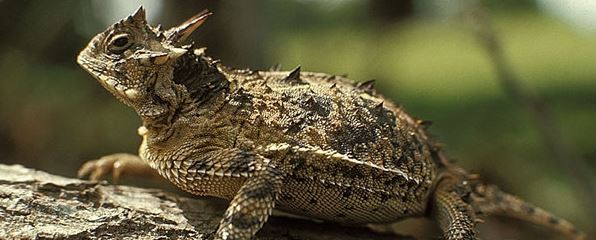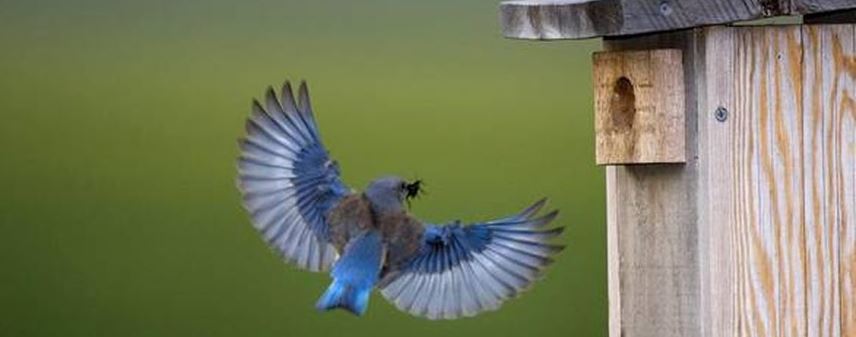1. What is a Wildlife Exemption
A wildlife exemption is a conservation incentive available to landowners in Texas. Those who manage agricultural lands for wildlife management and conservation activities can obtain a wildlife exemption. It allows a landowner to maintain a low (agricultural) tax rate on land by converting traditional agricultural use to wildlife management and contributing to wildlife conservation.
We can help you convert your property to a wildlife exemption. We develop wildlife management plans for landowners interested in converting their agricultural lands to a wildlife exemption. A wildlife exemption is also referred to as wildlife management use, wildlife management appraisal, wildlife tax appraisal, and wildlife tax valuation. Before working with you to create a wildlife exemption management plan for your property, we must ensure that the property at least meets the initial qualifications to convert your land to wildlife tax appraisal.
Investing in wildlife management through a wildlife exemption is not just about tax savings—it’s about leaving a lasting legacy for future generations. Ready to make a difference? Start your wildlife exemption journey today!
2. Wildlife Exemption Basics
The basics of a wildlife exemption involve transitioning land from traditional agricultural valuation to wildlife management valuation, while keeping the lower tax rate. Landowners must meet ecoregion-specific requirements, such as having previously qualified for agricultural use and possibly adhering to minimum acreage rules.
Qualifying activities include habitat management, supplemental feeding, predator control, and other practices supporting local wildlife. A wildlife management plan is required, detailing how conservation goals will be met. Again, this exemption promotes conservation and ecological balance while providing landowners with property tax benefits. Landowners must also submit an application form at the time of conversion.
A wildlife management plan must be submitted to your local tax appraisal district as part of an application package to convert your property to a wildlife valuation. So, can you change your property to a wildlife exemption?

3. Wildlife Exemption Eligibility
First, does the property currently have a 1-d-1 agricultural (ag) valuation? Secondly, have you owned the property that you are interested in converting to a wildlife tax appraisal for at least 2 years? If the answer to both of these questions is yes, then the land has a direct path to a wildlife exemption. You will need to apply with the local county central appraisal district and submit a management plan. We can help with developing a comprehensive wildlife management plan.
If the tract you purchased was part of larger property that was reduced in size since the prior tax year, or at the time of sale, then additional minimum requirements must be met in order to successfully apply for a wildlife tax valuation. However, you still may be able to convert the property to a wildlife exemption. Contact us and we will help assess your options.
If you recently purchased a tract of land that has an ag tax exemption (valuation) and was reduced in size, i.e chopped off a larger parcel, then there is a good chance you can still apply for a wildlife exemption in the ecoregion where the property is located. The key point here is the resulting size of the new tract since it will be subject to the minimum acreage requirements in your county.
We can make a precise determination if you simply submit some basic information here to start the process of at least determining what options are available to you. There is no cost for this assessment and it will help determine whether or not a wildlife tax appraisal is even an option.
4. Benefits of a Wildlife Exemption
What are the benefits of a wildlife exemption? Well, first and foremost habitat management and enhancement helps native wildlife, whether it be neotropical migrants (songbirds), upland game birds, or white-tailed deer. But native plants and animals are not the only ones that benefit from the wildlife valuation of your property — you benefit, too!
Actively managing agricultural lands allows landowners to maintain a highly favorable agricultural tax valuation. This keeps annual taxes low, allows landowners to manage for native plant and wildlife communities, and enjoy the recreational aspects of their land.
It’s a win-win situation. Not only do good land stewards feel great about improving their property, but landowners can also maintain the same tax rate on a property as was under an agricultural tax valuation without performing traditional farming and ranching practices.
Ag valuation rates are typically less than $2 an acre. Compare that to residential valuations that start at $30-40 an acre. Even on a 30 acre tract that is a minimum tax difference of $840 annually!
Lastly, the benefit of using WildlifeExemption.com is that you can ensure that the management practices implemented on your property are in-line with state and local county appraisal district requirements. Not only will our experience get your formal management plan right the first time, but we will save you time as well as potential aggravation.

5. How to Apply for a Wildlife Exemption
Applying for wildlife exemption is a daunting task for most landowners. Landowners interested in helping native wildlife have great intentions but most are not wildlife biologists. Secondly, interpreting the Texas tax code as well as the requirements for wildlife exemption are not easy. While it can be done, the learning curve is steep and the process will require a considerable time commitment.
A management plan is required for all landowners converting from traditional agricultural exemption to wildlife exemption. Developing a plan is one part of the process. A landowner must identify at least one native wildlife species that they will target for management on the property. In addition, a landowner must at least three qualifying wildlife management practices that will be carried out on the property to benefit targeted wildlife species annually.
Wildlife management practices include habitat control, erosion control, predator control, providing supplemental water, providing supplemental food, providing supplemental shelter, and performing census. Each of the seven practices has a whole host of activities that can be performed. Each activity elected must meet the minimum intensity levels for the region in which the property is located.
The management plan and accompanying documents need to be submitted to the central appraisal district. The county will also required an application at the time documents are submitted. The application period for Texas counties is generally January 1 – April 30, annually. Some counties will take applications after this period but may charge a late filling penalty.
6. Common Wildlife Exemption Challenges
There are some common challenges that landowners face when filing for wildlife exemption. First, it’s not always straight forward whether a tract of land can be converted from agricultural land to wildlife exemption land? In addition, what types of activities qualify? What are the minimum requirements for each activity? And lastly, how is compliance monitored?
Land qualifies for a wildlife exemption if it is currently appraised under agricultural valuation and meets specific state requirements. In Texas, for example, the land must have been used for agricultural purposes in at least five of the past seven years before switching to wildlife management. The property must also meet minimum acreage rules and adhere to qualifying activities such as habitat management, predator control, or supplemental feeding. The primary purpose must be to support the propagation and conservation of native wildlife.
Lands with a wildlife exemption are monitored through annual compliance checks conducted by local appraisal districts. Landowners must maintain detailed records and documentation of the wildlife management practices they implement, such as habitat improvement, supplemental feeding, or predator control. Photographs, activity logs, and reports are often required to demonstrate ongoing efforts. Failure to meet the outlined requirements may result in the loss of the exemption, making consistent documentation and adherence to the management plan essential.
7. Overview of the Wildlife Exemption
The wildlife exemption, which is more properly termed wildlife tax valuation, allows a qualifying landowner in the state of Texas to have their property valued at the agricultural tax rate without traditional farming or ranching practices taking place on the land. The wildlife valuation is not a passive program, but more precisely refers to a property that is being actively managed for improved wildlife habitat. To qualify, at least three out of seven general management practices must be implemented.
8. The 7 Management Practices of Wildlife Tax Valuation
- Habitat Control
- Supplemental Shelter
- Supplemental Water
- Supplemental Food
- Predator Control
- Erosion Control
- Census (Surveys)
9. Property Size Determines Options for Texas Wildlife Exemption
Not all wildlife species can be managed for on every property. Just as habitat requirements and space considerations are biologically based for all wildlife species, property size dictates the appropriate types of animals that can be managed for on any parcel of land. The verbiage to qualify for wildlife valuation states that the habitat found on a property must provide breeding, wintering, or nesting habitat.

Property size and the plant communities found on a property determine the focal species that make sense when applying for a wildlife exemption tax valuation. Smaller properties, such as those less than a couple hundred acres in size, are better suited to the management of smaller critters such as songbirds, doves, bats, amphibians and pollinators. Larger properties, on the other hand, can be managed for animals that use larger areas, such as white-tailed deer and wild turkey.
